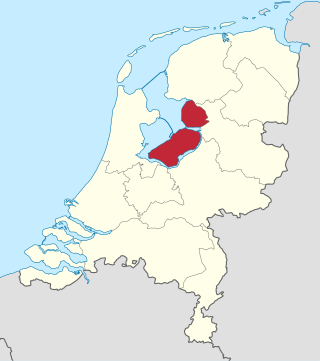
Flevoland is the twelfth and newest province of the Netherlands, established in 1986, when the southern and eastern Flevopolders, together with the Noordoostpolder, were merged into one provincial entity. It is in the centre of the country in the former Zuiderzee, which was turned into the freshwater IJsselmeer by the closure of the Afsluitdijk in 1932. Almost all of the land belonging to Flevoland was reclaimed in the 1950s and 1960s while splitting the Markermeer and Bordering lakes from the IJsselmeer. As to dry land, it is the smallest province of the Netherlands at 1,410 km2 (540 sq mi), but not gross land as that includes much of the waters of the fresh water lakes (meres) mentioned.

The Zuiderzee Works is a system of dams and dikes, land reclamation and water drainage work, which was the largest hydraulic engineering project undertaken by the Netherlands during the twentieth century. The project involved the damming of the Zuiderzee, a large, shallow inlet of the North Sea, and the reclamation of land in the newly enclosed water using polders. Its main purposes are to improve flood protection and create additional land for agriculture.

The Afsluitdijk is a major dam and causeway in the Netherlands. It was constructed between 1927 and 1932 and runs from Den Oever in North Holland province to the village of Zurich in Friesland province, over a length of 32 kilometres (20 mi) and a width of 90 metres (300 ft), at an initial height above Amsterdam Ordnance Datum of between 6.7 metres (22 ft) along the section at Friesland, and 7.4 metres (24 ft) where it crosses the deep channel of the Vlieter. The height at the greater sea depths west of Friesland was required to be a minimum of 7 metres everywhere when originally constructed.

Cornelis Lely was a Dutch politician of the Liberal Union and civil engineer. He oversaw the passage of an act of parliament authorising construction of the Zuiderzee Works, a huge project – designed to his own plans – that turned the Zuiderzee into a lake and made possible the conversion of a vast area of former seabed into dry land. Lelystad, the capital of the province of Flevoland, is named after him.
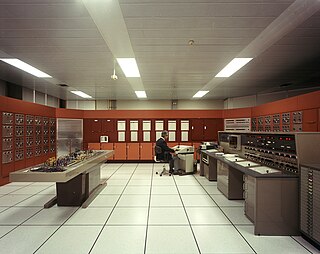
The Deltar was an analogue computer used in the design and execution of the Delta Works from 1960 to 1984. Originated by Johan van Veen, who also built the initial prototypes between 1944 and 1946, its development was continued by J.C. Schönfeld and C.M. Verhagen after van Veen's death in 1959.

Johannes Aleidis (Johan) Ringers was a Dutch hydraulic engineer and politician. He served as the director-general of Rijkswaterstaat and later as the director of Dutch East Indies Railways. During World War II, Ringers was appointed as the government commissioner for reconstruction, but was later interned by German forces.

Johan van Veen was a Dutch hydraulic engineer. He is considered the father of the Delta Works.

Elizabeth Frederika van den Ban, known as Elze, was a Dutch urban planner and chief engineer of the Rijkswaterstaat at Zuiderzee Works where she introduced curvatures rather than straight lines into the urban planning process of polders and dikes. Van den Ban was the first woman from the Netherlands to graduate as a civil engineer in Delft, where she worked as a civil engineer.

Pieter Jacobus (P.J.) Wemelsfelder was a Dutch hydraulic engineer who made significant contributions to the field of hydrometry in the Netherlands, and in hydraulic engineering internationally. In addition to his involvement in the design and planning of the Delta Works, he published widely and is notable for the first use of probability theory in the design of flood levels.
Jo Johannis Dronkers was a Dutch mathematician who is notable for the development of mathematical methods for the calculation of tides and tidal currents in estuaries. His work formed much of the mathematical basis for the design of the Delta Works. He attended the 1954 International Congress of Mathematicians in Amsterdam, where his work was discussed by David van Dantzig.

Johannes Theodoor Thijsse was a Dutch hydraulic engineer who made significant contributions to hydraulic engineering both in The Netherlands and internationally. In addition to having a major involvement in the design and planning of both the Zuiderzee Works and the Delta Works, he published widely and played a key role in the establishment of the IHE Delft Institute for Water Education.
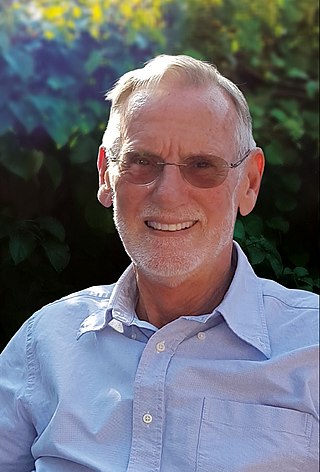
Frank Spaargaren was a Dutch hydraulic engineer who was one of the main designers of the Oosterscheldekering and served as a director of the Waterloopkundig Laboratorium in Delft.
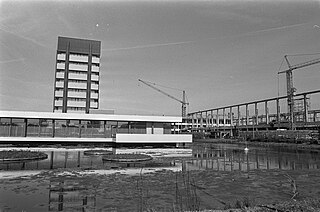
The Waterloopkundig Laboratorium was an independent Dutch scientific institute specialising in hydraulics and hydraulic engineering. The laboratory was established in Delft from 1927, moving to a new location in the city in 1973. The institute later became known as WL | Delft Hydraulics. In 2008, the laboratory was incorporated into the international nonprofit Deltares institute.

Pieter Philippus Jansen was a Dutch civil engineer and hydraulic engineer who made significant contributions to hydraulic engineering in The Netherlands. He spent the majority of his career with Rijkswaterstaat, working on several major projects including the first phase of the Delta Works and leading the reclamation and repair efforts following the inundation of Walcheren.

Jan Fokke Agema was a Dutch hydraulic engineer and professor at Delft University of Technology. He is notable for his design of the harbour entrance at Hoek van Holland and involvement in the construction of the Oosterscheldekering. The prof. dr.ir. J.F. Agemaprijs is named for him, and has been awarded every five years since 2000.
A compartmentalisation dam is a dam that divides a body of water into two parts. A typical use of such a dam is the regulation of water levels separately in different sections of a basin. One application of a compartmentalisation dam is to facilitate closures of areas with multiple tidal inlets, such as in the case of the Delta Works.

Hermanus Johannes Lovink was a Dutch agriculturist, horticulturist, and politician. The son of a gardener, Lovink took to agriculture and horticulture from a young age, becoming the supervisor of public lands in Zutphen in 1887. Building on this experience, he gained a leadership position with the Association for Wasteland Redevelopment, in which capacity he oversaw several land reclamation projects. After being appointed Director General of Agriculture by Johannes Christiaan de Marez Oyens in 1901, he expanded agricultural education and promoted agricultural expansion; he continued these programs in the Dutch East Indies after being made Director of the Department of Agriculture, Industry, and Trade by Alexander Idenburg in 1909.

The H. J. Lovink Pumping Station is a pumping station in Biddinghuizen, a village in the municipality of Dronten, Flevoland, the Netherlands. Named for Hermanus Johannes Lovink, an agriculturist who was extensively involved in land reclamation, the station was designed by Dirk Roosenburg and completed in 1956. It was used for the reclamation of the eastern Flevopolder in 1957 and contributed to the reclamation of the island's southern areas. The station was designated a rijksmonument on 13 December 2010.
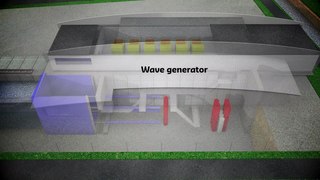
Deltares is a major technological institute in the Netherlands specialising in hydraulic engineering research and consulting, along with water management, geotechnics, and infrastructure. The organisation's research mainly focuses on rivers and river deltas, coastal regions, and offshore engineering. As of 2020, Deltares employed over 750 full-time equivalent (FTE) staff members from 42 nationalities, located in Delft and Utrecht. The turnover in 2020 was €112 million.

The H. Wortman Pumping Station is a pumping station in Lelystad, Flevoland, the Netherlands. Named for Hendrik Wortman, a civil engineer who contributed to the Zuiderzee Works, the station was designed by Dirk Roosenburg and completed in 1956. It was used for the reclamation of the eastern Flevopolder in 1957, and contributed to the reclamation of the polder's southern areas. It was declared a municipal monument in 2017.



















